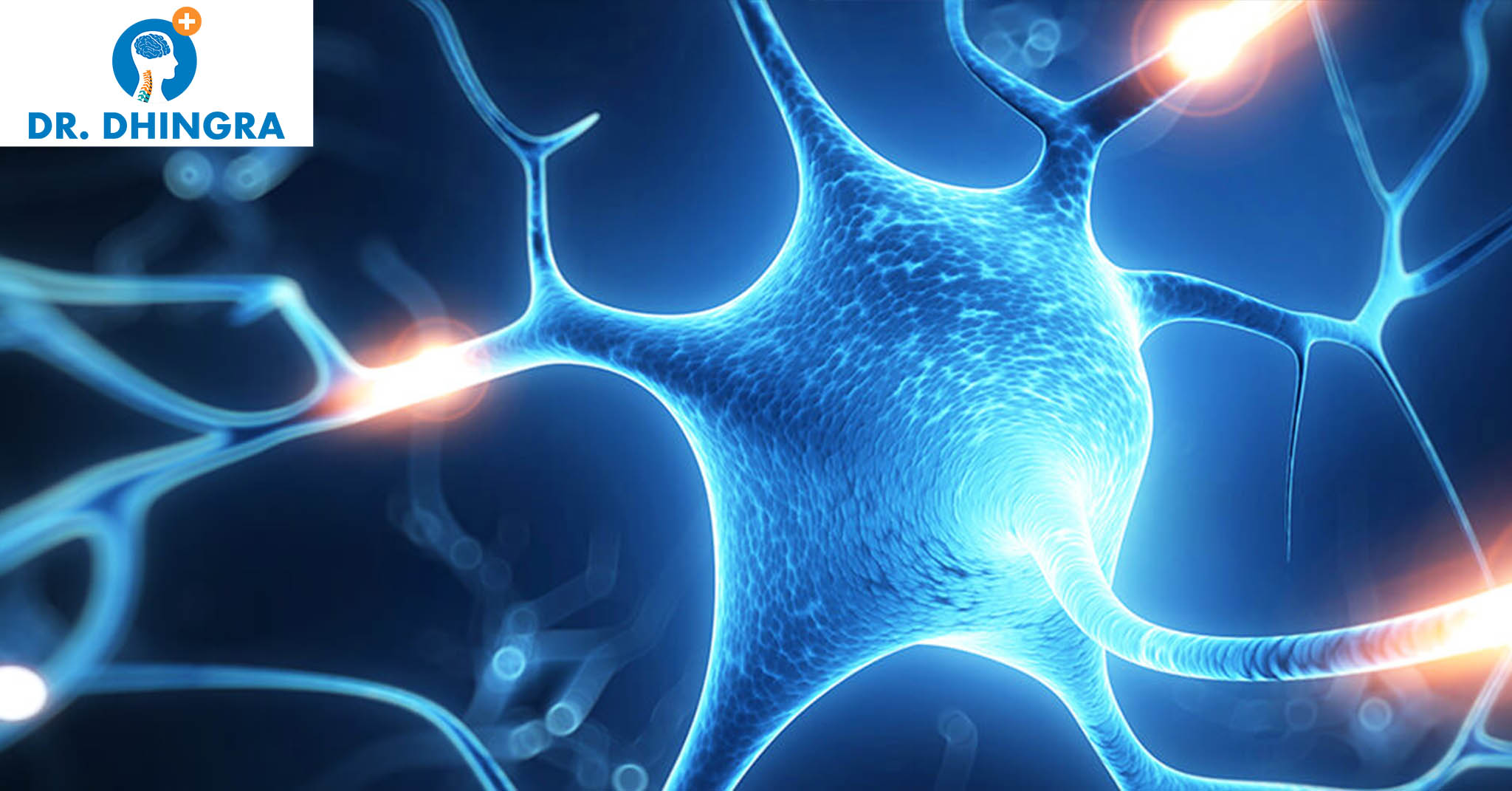
Types, Symptoms, and Treatment of Multiple Sclerosis
Multiple Sclerosis is an autoimmune disorder that affects the central nervous system, particularly brain, spine and optic nerves. An autoimmune is a medical condition in which the immune system attacks healthy tissues just as it might attack a virus or bacteria. In Multiple Sclerosis, the myelin sheath that surrounds and protects the nerve fibers is attacked by the immune system, causing inflammation. When myelin sheath disappears or sustains damage in multiple areas, it leaves a scar or sclerosis. These are also called plaques or lesions in medical terms. These lesions affect the brain stem, cerebellum, spinal cord, optic nerves, etc.
Dr. Anil Dhingra, the best endoscopic spine surgeon discusses a detailed description of types, symptoms, and treatment of Multiple Sclerosis:
TYPES OF MULTIPLE SCLEROSIS (MS):
Clinically Isolated Syndrome (CIS)
It is the first episode of neurologic symptoms and is caused by inflammation of the central nervous system. The symptoms last for 24 hours but do not yet meet the criteria for a diagnosis of MS. The people who experience CIS may or may not develop MS in the future.
Relapse- Remitting MS (RRMS)
RRMS is the most common disease course. It is characterized by an attack of new or increasing symptoms which is followed by periods of complete or partial recovery. During the period of recovery, some symptoms may disappear or some symptoms may continue to become permanent.
Secondary Progressive MS (SPMS)
People diagnosed with RRMS will eventually transform into the secondary progressive course in which there is a progressive worsening of neurologic function (accumulation of disability) over time.
Primary Progressive MS (PPMS)
PPMS is marked by worsening neurologic function from the onset of symptoms without early remissions or relapses.
SYMPTOMS OF MULTIPLE SCLEROSIS (MS)
The symptoms of MS vary from person to person, course of the disease and the location of the affected nerve. However, symptoms often affect movements such as:
1)Numbness or weakness in one or more limbs that occurs one side of the body at a time, or the legs and trunk.
2)A tingling sensation that occurs with certain neck movements.
3)Tremor and lack of coordination.
Vision problems include:
1)Partial or complete loss of vision.
2)Pain during eye movement.
3)Prolonged double vision.
4)Blurry vision.
Other symptoms may include:
1)Slurred speech
2)Fatigue
3)Dizziness
4)Pain in body
5)Problems with bowel and bladder function.
TREATMENT OF MS
There is no cure for multiple sclerosis, however, doctors take measures on speeding recovery from attacks, and to slow down the progression of the disease and to manage MS symptoms.
The treatment includes:
1) Corticosteroids: Oral prednisone and intravenous methylprednisolone are prescribed by doctors to reduce nerve inflammation. The side effects include insomnia, increased blood pressure, mood swings and fluid retention.
2) Plasma exchange (plasmapheresis): The liquid portion of part of the blood (plasma) is removed and separated from your blood cells. The blood cells are then mixed with a protein solution (albumin) and put back into the body. Plasma exchange may be used if your symptoms are new, severe and haven’t responded to steroids.
If you observe any or all of the symptoms above, it is advised that you see a neurologist for timely diagnosis and treatment. Depending on your medical situation, the doctor may recommend lifestyle changes as well.
